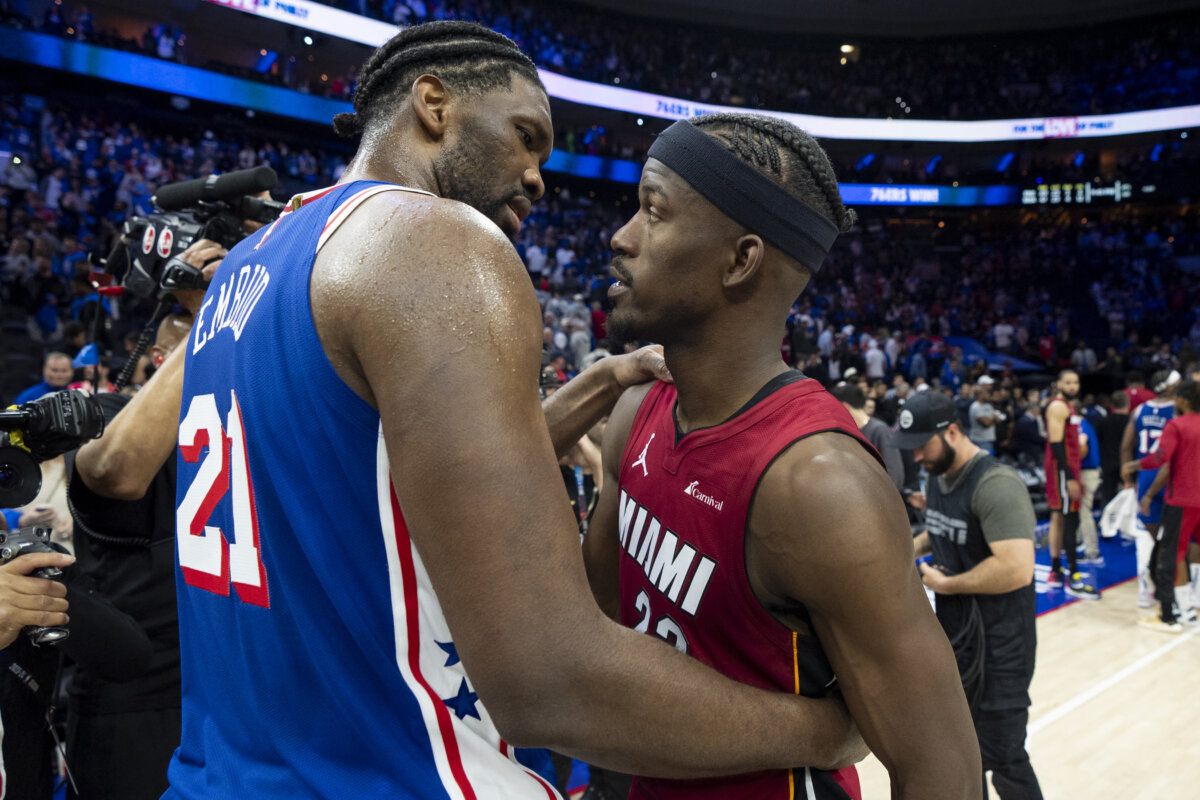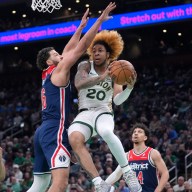When assembling his new triple album, Joel Plaskett forced himself to show a bit of restraint.
He wanted to include 30 songs, but trimmed the release to 27 because of a seemingly strange concern: he was worried the sound quality would suffer on vinyl.
“Vinyl doesn’t sound good over 40 minutes so you have to keep it brief,” the Halifax rocker said during a recent visit to Toronto. “That’s why I cut it to 27 songs, because I wanted the vinyl to sound good. If you go beyond that, the sound quality deteriorates.”
Worrying about LPs might seem odd in 2009, but Plaskett is just one of many musicians happy to accommodate the recent vinyl revival.
According to U.S. numbers released by Neilsen SoundScan, 1.88 million LP albums were sold in 2008 – an 89 per cent increase over the 990,000 sold in ’07.
An increase in sales on any format in today’s anemic music industry is significant, and musicians – many of whom are keen on vinyl to begin with – are taking notice.
U2 released “No Line on the Horizon” earlier this month in a limited edition double-LP package, while many of last year’s biggest hits – including Coldplay’s “Viva La Vida” and Metallica’s “Death Magnetic” – were also available on vinyl.
So, why the sudden resurgence?
“I feel like it’s the one thing that survives,” Plaskett said. “CDs, when they scuff up, they’re garbage. And the plastic cases – they’re like glorified cassettes, basically.
“Vinyl, you still find one that might skip, but you can find records from the ’50s that still play just fine. They crackle and they have this character.”
Plaskett’s new album, “Three,” comes out Tuesday and is also available on three CDs. It’s the third album he’s released solely under his own name (he also puts out records with a band as the Joel Plaskett Emergency).
“Three” is a sort of concept album, where the first record is about going away, the second is a sad rumination on being alone, and the third is about returning home.
Plaskett collaborated with his 66-year-old father, Bill, who’s a city heritage planner in Halifax and a guitarist. The record has the same gritty, dirty-fingernails feel of much of Plaskett’s solo work, with a naturalistic, country-inflected feel that’s redolent of Big Star.
In other words, it’s music that lends itself to the crackling rawness of vinyl.
Plaskett also talks about the social aspect of vinyl – of hanging out with his friends, pulling records off the shelf and listening to things together.
“In the world of MP3s, it’s like: ‘Oh yeah, I have a hard drive with 400,000 songs.’ Hey, congratulations, that’s awesome,” he said. “But I still like the physical world that a record inhabits.”
Yet the amount of space a record takes up can also cause problems for retailers.
“There’s really no shelf space for it,” said Terry McBride, CEO of Vancouver-based label Nettwerk Records. “You don’t see vinyl at a Wal-Mart or a Target. So, basically it’s a mail-order consumption and independent record stores, and there’s not many of those left.”
Amazon.ca, however, does have space for the format, and vinyl has its own section on the retailer’s website. And major Canadian electronics retailers including Best Buy and Future Shop sell modern turntables that can be connected to computers for easy digitization.
Still, McBride remains skeptical about the commercial viability of the format.
“There’s not going to be a major comeback unless physical retail starts giving it a physical footprint to sell it,” said McBride, who added that he does personally like vinyl.
“If you don’t have access to it you have to be a real fan to go get it. Who still buys vinyl? Who really consumes vinyl?”
Metric singer Emily Haines, for one.
The Toronto indie rock band is releasing its fourth album, “Fantasies,” on April 14. It will be available in a vinyl edition that will include extra tracks and the rights to a digital download of the album, because the band “is just looking at all kinds of different ways to get people back on vinyl,” says Haines.
She points to the practical benefits of having a larger canvas for cover art – “the nature of the size and the scale of it is that your artwork can be so much more dramatic.”
Mostly, she says she just prefers the sound.
“The thing that I’m most excited about from a technological standpoint is that vinyl is by far the most interesting medium as a musician to have your music on,” she said. “It is, I do believe, how God intended it to be.”
















